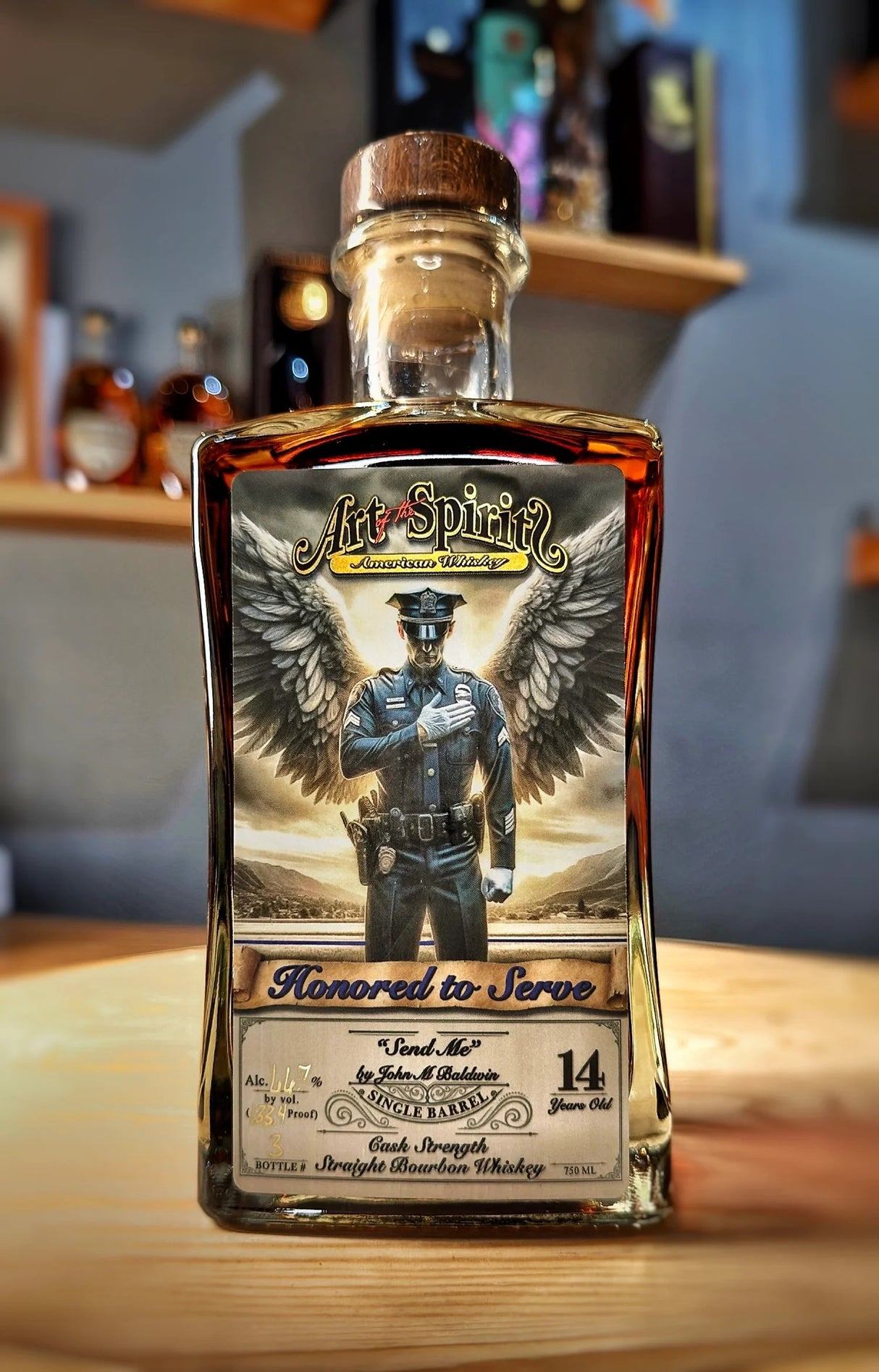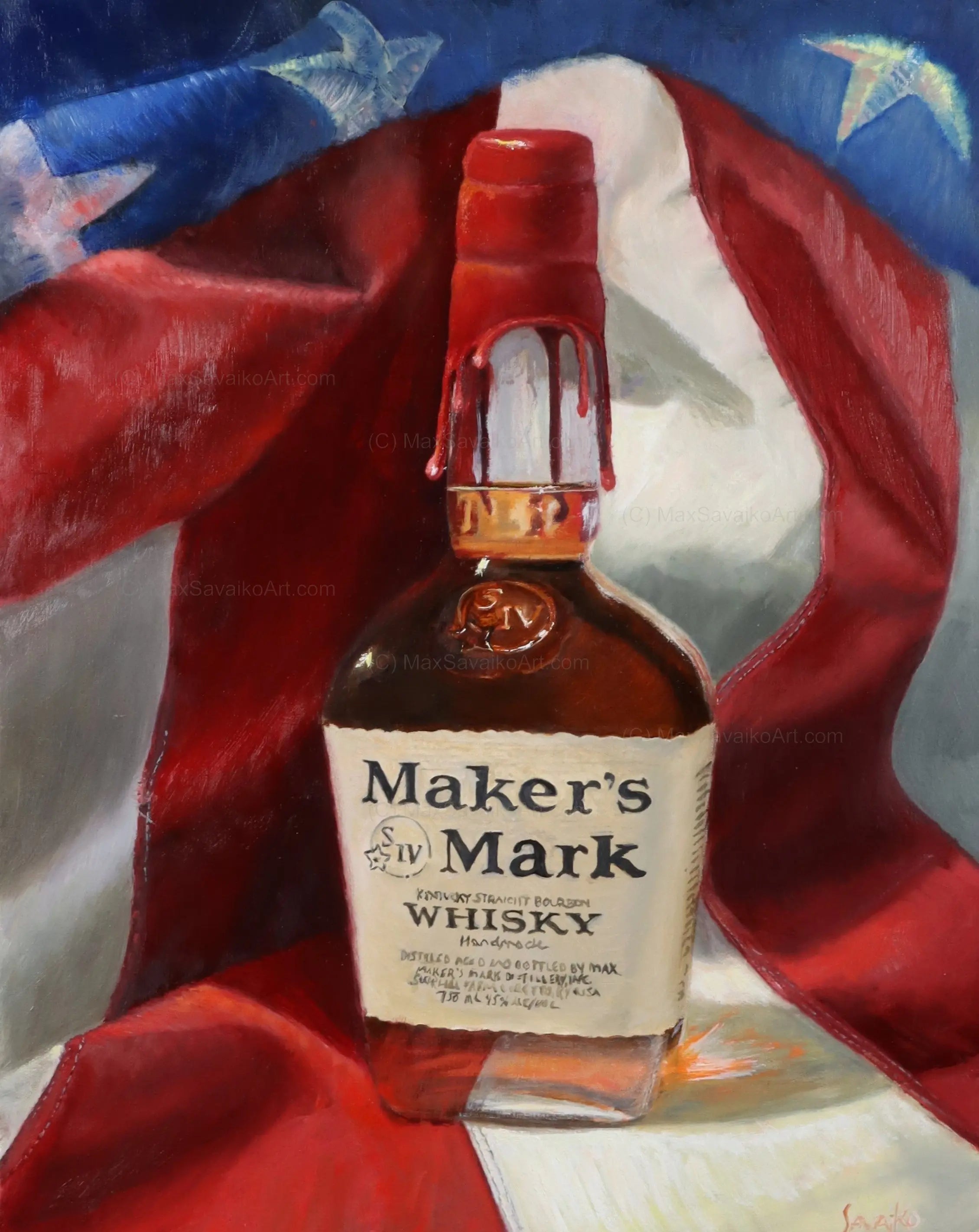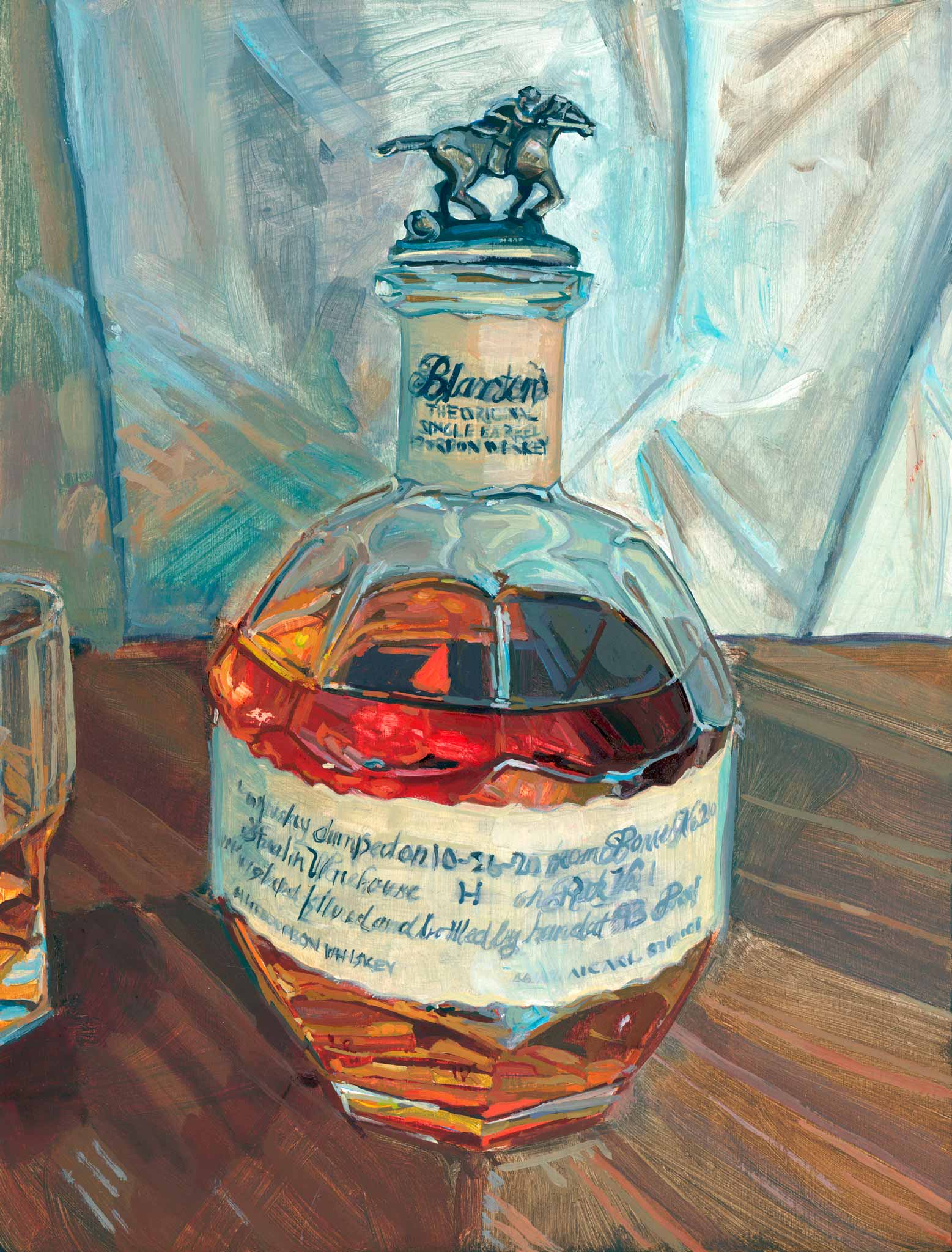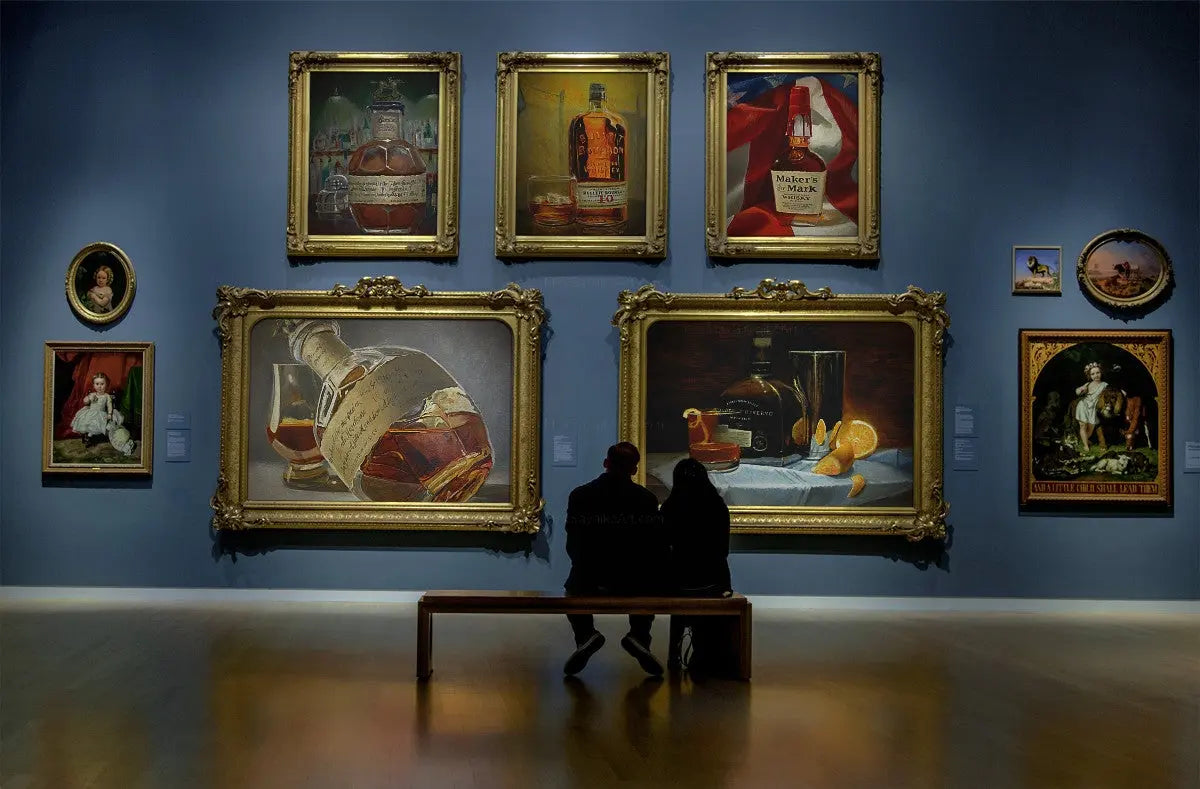Whiskey Art as a Declaration: Just How It Boosts Home Decoration
Whiskey Art as a Declaration: Just How It Boosts Home Decoration
Blog Article
The Importance of Whiskey Art in Celebrating Heritage and Workmanship in the Beverage Sector
The detailed connection between scotch art and the party of heritage and workmanship within the beverage industry can not be overstated. Via thoughtfully created bottles and tags, bourbon brand names encapsulate their historic origins and the artisanal skills that define their production techniques.
The Historical Origins of Whiskey
At the heart of bourbon's allure lies an abundant tapestry of historical origins that trace back to ancient human beings. The origins of bourbon can be linked to the distillation methods of the Sumerians and Babylonians around 2000 BCE, where very early kinds of fermented grain drinks began to arise. It was in the Middle Ages that the art of purification progressed substantially, especially in Ireland and Scotland, leading to the production of scotch as we understand it today.
The term "bourbon" itself stems from the Gaelic word "uisce beatha," meaning "water of life." This phrase emphasizes the cultural value of whiskey in Celtic cultures, where it was commonly connected with routines, events, and common bonding. By the 15th century, distillation became an identified craft within monastic areas, paving the means for the establishment of legal distilleries.
As trade routes broadened, whiskey's popularity grew, transcending local boundaries and catching the rate of interest of lovers worldwide. Bourbon Art. This historic journey reflects not only the workmanship behind whiskey manufacturing yet likewise its important function in social and cultural contexts, marking it as a considerable drink throughout history
Artistic Expression in Branding
Bourbon branding stands as a compelling crossway of virtuosity and commerce, where visual identification plays an essential role fit consumer assumption. The aesthetics of bourbon tags, product packaging, and advertising and marketing products reflect not just the brand's story however additionally its core worths and heritage. With imaginative expression, distilleries convey a story that reverberates with consumers, evoking emotions and sparking connections.
The use of color, typography, and images in branding offers to differentiate products in a saturated market. Conventional concepts might evoke a feeling of credibility and workmanship, while modern-day styles can signify development and forward-thinking. This strategic imaginative instructions improves brand name recognition and commitment, permitting consumers to build a personal relationship with the whiskey they choose.
Moreover, artistic expression in branding usually functions as a celebration of local heritage. Distilleries often integrate local icons or historic recommendations right into their designs, developing a local color that invites customers to take part in a broader cultural experience. Inevitably, the virtuosity behind bourbon branding not only boosts visual charm however additionally enriches the overall story of the brand name, fostering a deeper gratitude for the craftsmanship and heritage embedded in each container.
Workmanship in Container Style
The artistry obvious in bourbon branding prolongs past visual identification to include the workmanship involved in bottle style. Each container works as a vessel not just for the spirit within, however additionally for the story it tells concerning its quality, beginning, and tradition. The layout process needs thorough attention to detail, as aspects such as form, closure, and product contribute dramatically to the total assumption of the scotch.
Workmanship in bottle design involves selecting top notch glass that can boost the whiskey's shade and clarity, while additionally providing a tactile experience for the consumer. The shape of the bottle must be both cosmetically appealing and practical, typically reflecting the heritage of the brand. Numerous distilleries select one-of-a-kind shapes or printed logos that evoke a feeling of authenticity and background.
Moreover, the label layout and typography play a crucial duty in connecting the brand name's narrative. Realism Art. A well-crafted bottle not only mesmerizes the customer's eye yet additionally reinforces the brand name's dedication to high quality and custom. This way, the workmanship of container design comes to be a crucial aspect of the scotch experience, combining virtuosity with an extensive respect for heritage
Cultural Importance of Whiskey Art
Commemorating custom and workmanship, the cultural significance of scotch art transcends mere aesthetic appeals, try here intertwining with the social and historical narratives of the regions where it originates. Each container functions as a canvas, illustrating the unique stories, mythology, and practices that have formed regional whiskey-making practices. The detailed styles frequently reflect the heritage of the distillers, integrating signs and themes that resonate with the society and worths of their areas.

On top of that, bourbon art plays a vital duty in communal celebrations and parties, functioning as a concrete web link between people and useful link their shared experiences. By valuing the creativity in bourbon packaging, customers cultivate a much deeper understanding and regard for the craft, eventually enhancing their pleasure of the drink itself.
Modern Trends in Scotch Discussion
In the last few years, the presentation of bourbon has actually progressed to reflect modern tastes and trends while still honoring standard workmanship - Limited Edition. Distilleries are significantly concentrating on aesthetic components that enhance the total alcohol consumption experience, bridging the gap in between heritage and modernity
Ingenious container designs have actually arised, commonly integrating lasting materials and imaginative labels that tell compelling stories. Lots of brand names currently work together with neighborhood artists, infusing their products with distinct visual visit this web-site expressions that resonate with consumers. Additionally, limited-edition releases are usually packaged in collectible containers, adding worth and appeal for connoisseurs.

Conclusion
In conclusion, bourbon art offers as a crucial conduit for sharing the heritage and workmanship inherent in the drink industry. Via detailed branding, ingenious bottle layouts, and culturally substantial imaginative aspects, whiskey brand names successfully honor their customs and connect with consumers.


Craftsmanship in bottle design involves selecting premium glass that can improve the bourbon's color and clarity, while additionally providing a tactile experience for the consumer. In this method, the craftsmanship of container style comes to be a crucial facet of the scotch experience, combining virtuosity with a profound respect for heritage.
In verdict, whiskey art serves as an important avenue for expressing the heritage and workmanship fundamental in the beverage sector.
Report this page